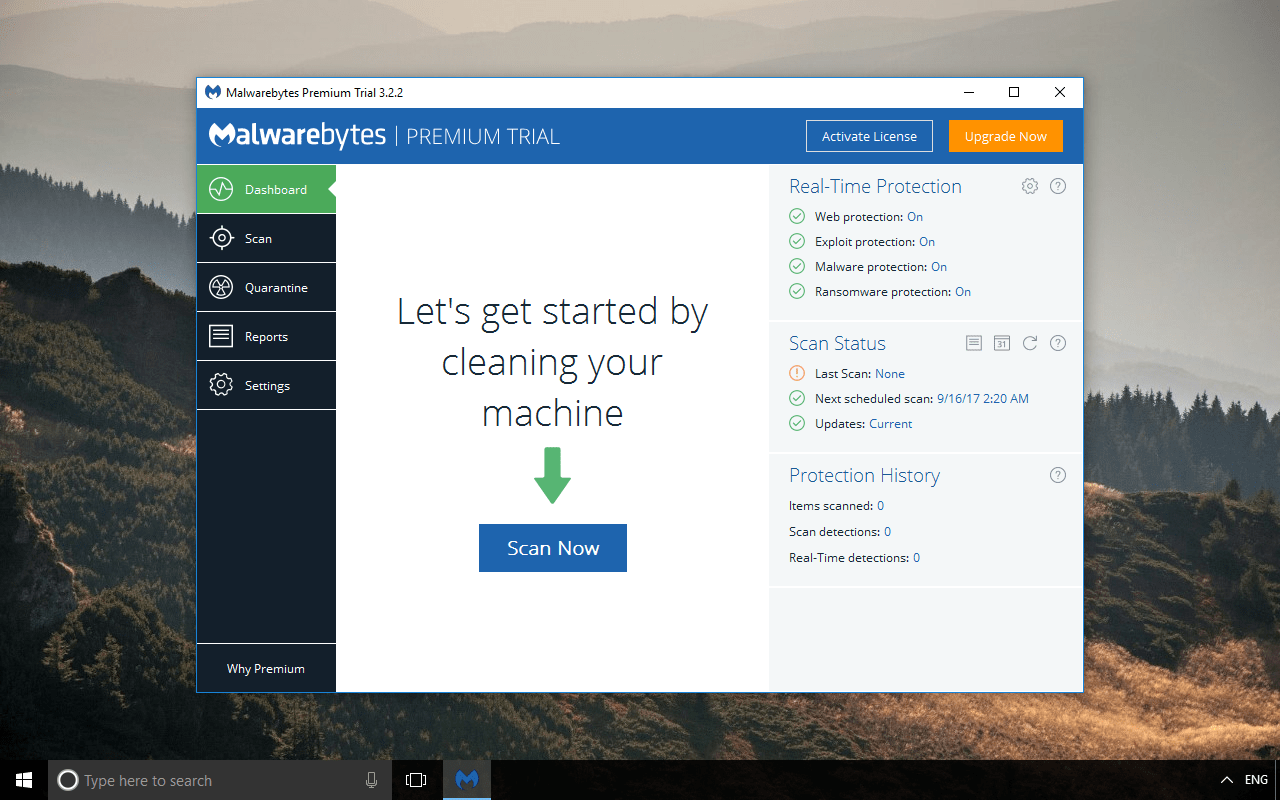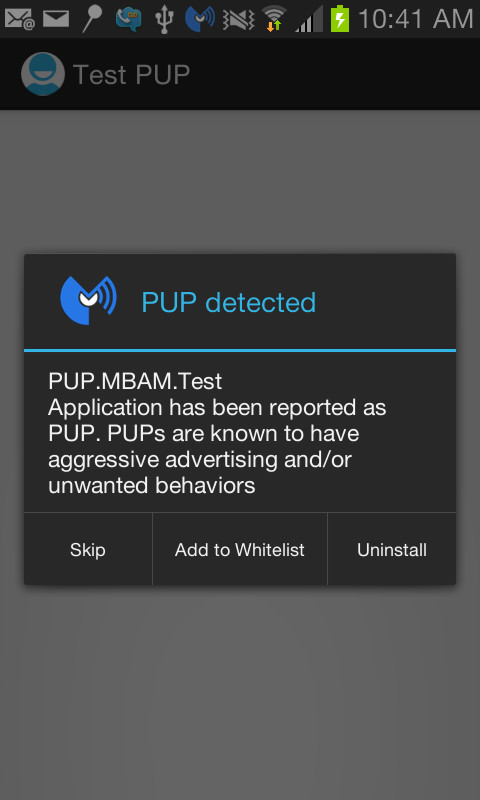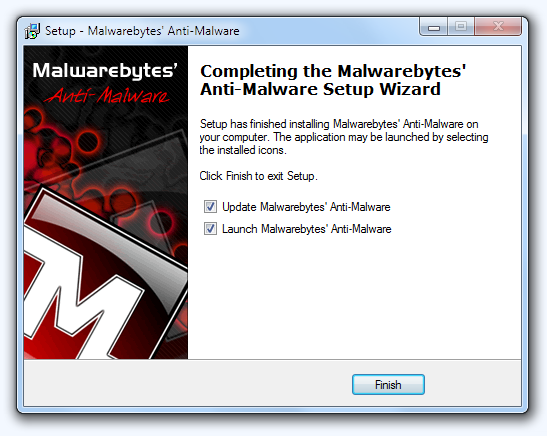

- #ANTI MALWAREBYTES ANTI MALWARE HOW TO#
- #ANTI MALWAREBYTES ANTI MALWARE WINDOWS 10#
- #ANTI MALWAREBYTES ANTI MALWARE FREE#
- #ANTI MALWAREBYTES ANTI MALWARE WINDOWS#
Malwarebytes is both the name of the company and the product itself, and it's a name that is associated with cybersecurity and privacy protection for well over 15 years now.
#ANTI MALWAREBYTES ANTI MALWARE FREE#
Thankfully, there's no shortage of remarkably good AV solutions out there, both free and paid.Įven though we all know who the titans of the industry are, there's one name that always appeared in the context, and that name is Malwarebytes. In today's digitized, Internet-addicted world, a study antivirus solution can save you a lot of time, headaches, and even money.
#ANTI MALWAREBYTES ANTI MALWARE WINDOWS#
If you try to make antimalware service executable consume less CPU with the 2 methods explained in this article and there seems to be no progress, you should try to disable your Windows Security program permanently.īut make sure you get another antivirus program so your computer won't be at the mercy of attacks.The importance of protecting one's privacy and sensitive (or less sensitive) data has become a lot more apparent in the last few years.
#ANTI MALWAREBYTES ANTI MALWARE WINDOWS 10#
This protection prevents malware attacks so you can feel safe while using your Windows 10 computer. The protection offered by the antimalware service executable is undeniably relevant. With this, the antimalware service executable should not eat up too many CPUs again. Choose the frequency, date, and time, then click “OK”. Step 9: Schedule the time you want Windows Defender to run scans. Step 8: Switch to the Triggers tab and click “New”. Step 7: Go to the Conditions tab and uncheck everything there.

Step 6: Uncheck “Run with highest privileges” in the general tab. Step 5: Right-click on “Windows Defender Scheduled Scan” and select “Properties”. Step 4: Scroll down and select “Windows Defender”. Step 3: Expand the “Task Scheduler tab”, “Microsoft”, and “Windows”. This will open up the Task Scheduler app. Step 2: Type “taskschd.msc” and click “OK”. Step 1: Press WIN + R (Windows key then the letter R) to open the Run Dialogue. Solution 2: Disable Realtime Protection and Reschedule Scans The folder selected will now be added to exclusions and will not be scanned. Step 8: Immediately after you click on “Select Folder”, a massive modal will appear – make sure you click “Yes”. Step 7: Paste “ C:\Program Files\Windows Defender ” into the editor and click on “Select Folder”.

Step 6: On the next page, click on “Add an exclusion”, then select “Folder”. Step 5: Scroll down to “Exclusions” and select the “Add or remove exclusions” link. Under “Virus & threat protection settings”, click on the link that says “Manage Settings”. Step 4: The Windows Security app will open up. Step 3: Select “Windows Security”, then click on “Virus and threat protection”. Step 2: Click on “Update and Security” from the menu tiles. Step 1: Press the WIN key on your keyboard and select the gear icon to open the Settings app.

Solution 1: Prevent Antimalware Service Executable from Scanning its Own Folder Rescheduling scans won't make scans happen all the time, and preventing the executable from scanning its own folder will disable real-time protection. The 2 main ways you can stop antimalware service executable from using too much CPU is to reschedule Windows Security scans and prevent it from scanning its own folder.
#ANTI MALWAREBYTES ANTI MALWARE HOW TO#
How to Stop Antimalware Service Executable from using too Much CPU So, stopping antimalware service executable from scanning its own folder is one of the ways you can make it use less CPU. In addition, the antimalware service executable uses too much CPU because it scans its own folder - C:\Program Files\Windows Defender. While running in the background, it actively scans programs and files and carries out the appropriate actions whenever it detects anything malicious. The main reason that antimalware service executable uses too much CPU is that it runs constantly in the background. Why does Antimalware Service Executable use a lot of CPU? When an antimalware service executable detects a virus or other malicious attacks, it deletes them or quarantines them. What is Antimalware Service Executable?Īntimalware service executable is a Windows Security process that executes real-time protection against malware.Īlso known as msmpeng.exe, antimalware service executable runs in the background so it can scan files and programs from time to time. In this guide, I will show you what antimalware service executable is, why it uses so much CPU, and how you can optimize your Windows 10 computer to make sure it doesn't use too much CPU. Antimalware service executable is a component of Windows Security that runs in the background.īut sometimes antimalware service executable can impact Windows 10 computers negatively by using too much CPU.


 0 kommentar(er)
0 kommentar(er)
